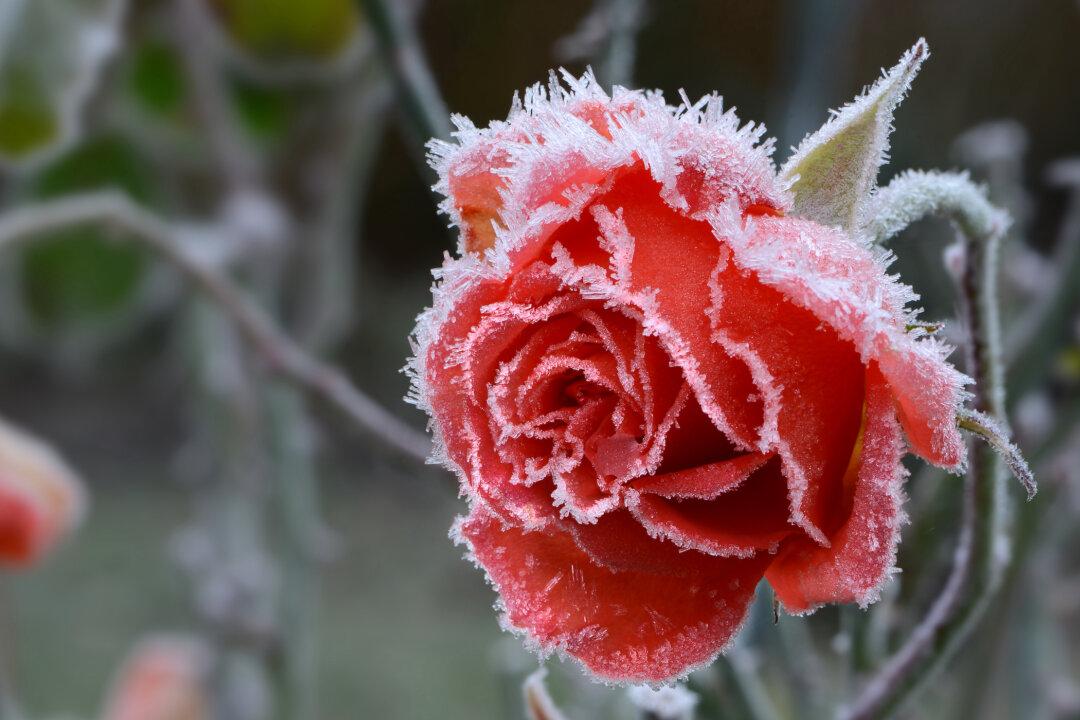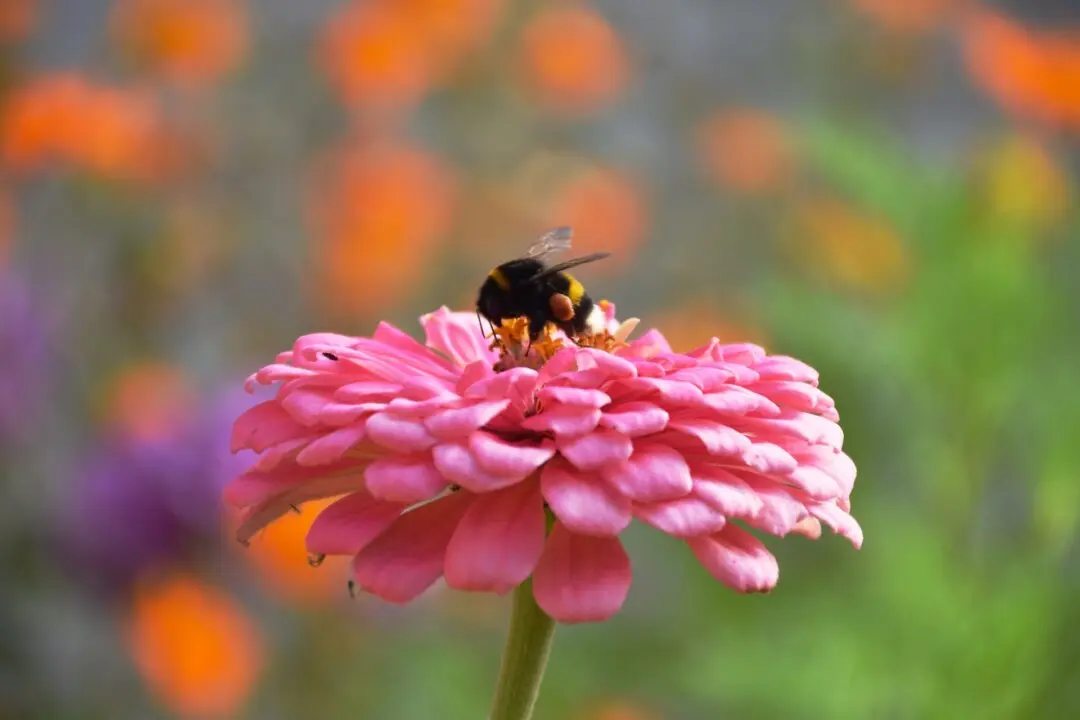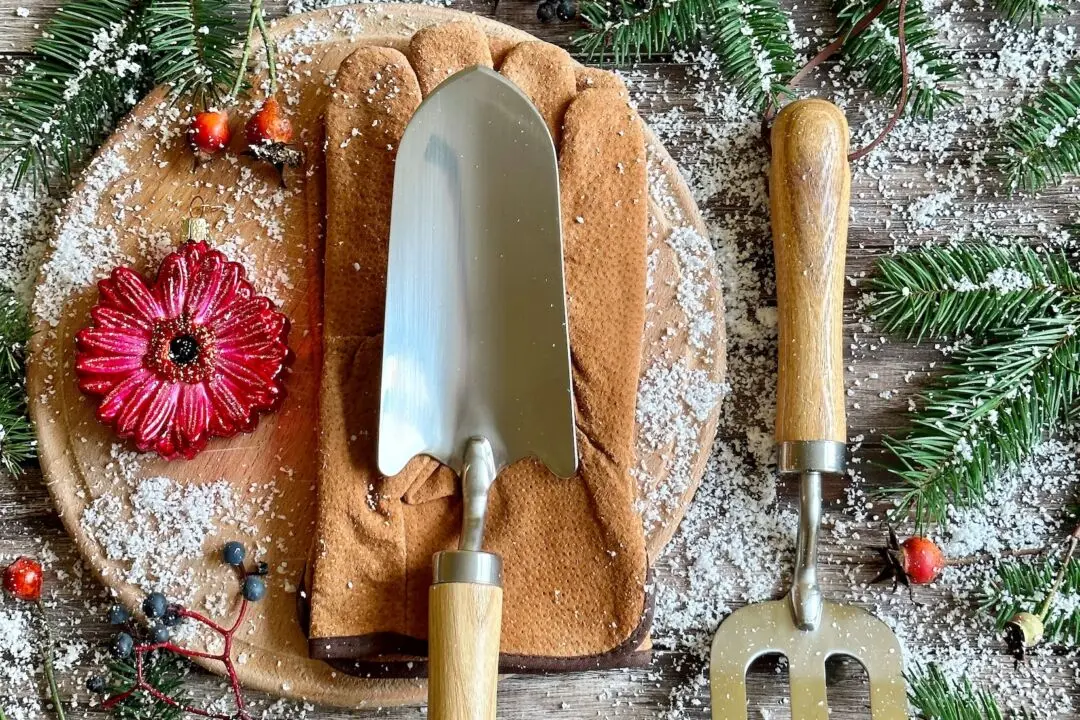Q: I am so sad, and I hope you can give me a glimmer of hope. I moved my houseplants indoors for the winter, but I missed one whole group of plants that were on the other side of the house. I had moved them there to get them into a sheltered spot while I moved the rest in, but I forgot they were there. The nighttime temperature dropped to about 25 degrees. There are big pots of a jade plant, a Ficus tree, a peace lily, a mother-in-law’s tongue, a plumeria, and a few small plants. They’re all losing leaves and wilting. What can I do to help them out?
A: All of the plants that you mention are tropical plants that don’t like temperatures in the 40s, let alone below freezing. One of the ways that cold-weather plants defend themselves against the cold is by using sugars as antifreeze. They start doing this in the fall and by the time a freeze comes, they’re able to withstand ice crystals building up inside their tissue. Another mechanism is to allow water to escape the cells before they freeze so there’s room for the ice to expand in the cells. Some cacti do this. Tropical plants aren’t able to do these things because they come from climates where they don’t have to.





